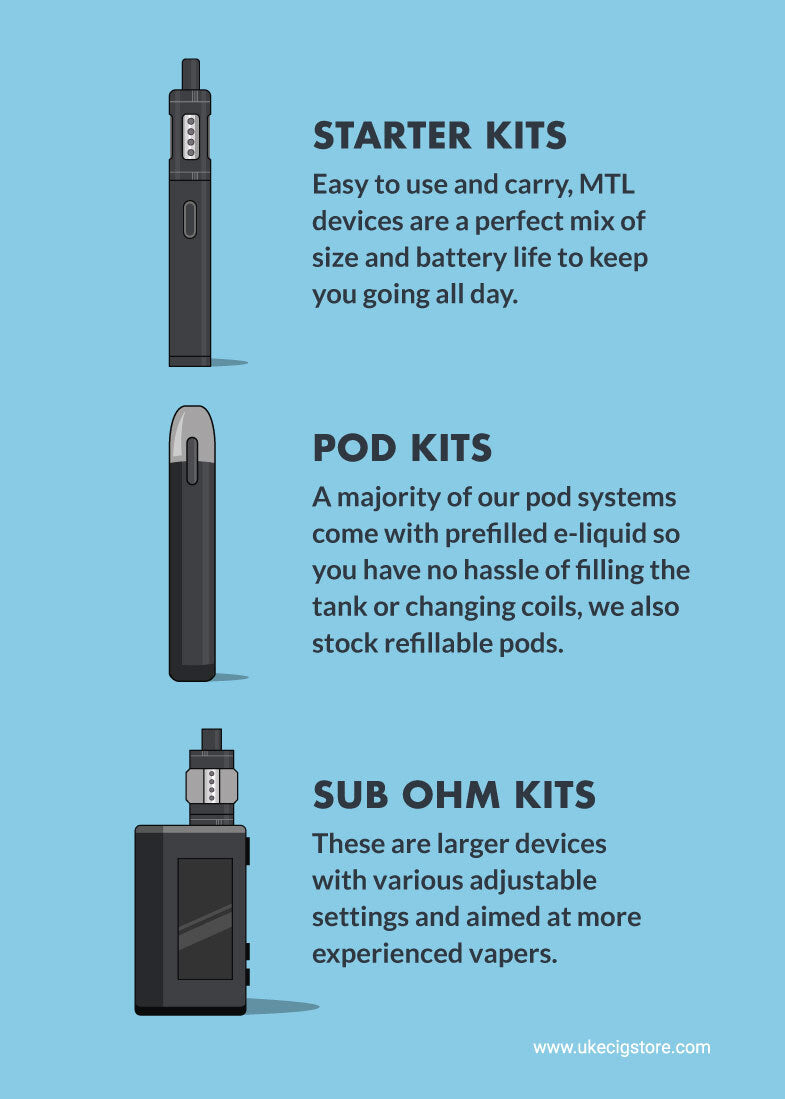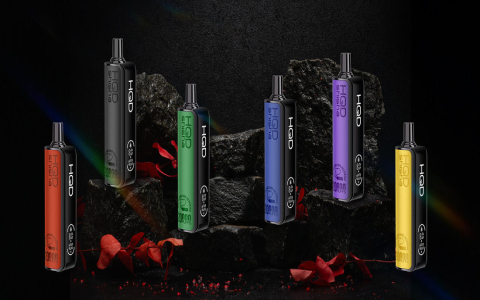Puff electronic cigarettes, often referred to as disposable vapes or puff bars, are single-use vaping devices pre-filled with e-liquid. They are designed for convenience, typically requiring no maintenance, refilling, or charging before use.
Key Characteristics
- Disposable Nature: These devices are intended for use until the e-liquid is exhausted or the battery life ends, after which the entire unit is discarded.
- Pre-filled E-liquid: They come with a fixed volume of e-liquid, frequently utilizing nicotine salts, which can offer a smoother inhalation experience and faster nicotine absorption compared to freebase nicotine.
- Puff Count: A common marketing feature is an estimated number of puffs the device will deliver. However, actual puff yield can vary significantly based on individual inhalation duration and intensity.
- Ease of Use: Most puff electronic cigarettes are draw-activated, meaning they produce vapor automatically when the user inhales, eliminating the need for buttons or complex settings.
- Compact Design: They are generally small, lightweight, and portable, making them discreet and easy to carry.
Operating Mechanism
Puff electronic cigarettes function through a basic battery-powered system. A small, typically non-rechargeable battery provides power to a heating element, known as an atomizer or coil. When the user inhales, a sensor (in draw-activated models) or a button (less common in disposables) activates the battery. The coil then heats the e-liquid, which is stored in a reservoir or absorbed in a wicking material, converting it into an aerosol (commonly referred to as vapor) that is inhaled by the user.

Important Considerations
Several aspects of puff electronic cigarettes warrant careful consideration:
- Nicotine Content and Dependence: Many disposable e-cigarettes contain high concentrations of nicotine, often in nicotine salt formulations. This can lead to rapid nicotine addiction, particularly for individuals who are not pre-existing smokers, including youth.
- Environmental Impact: The single-use design contributes significantly to electronic waste (e-waste). Each discarded device contains a battery, plastic casing, and residual chemicals, posing environmental challenges if not disposed of responsibly.
- Youth Appeal and Access: The availability of a wide array of sweet and fruit-based flavors, coupled with sleek designs and often lower initial purchase prices, has raised concerns about their attractiveness and accessibility to underage individuals.
- Regulatory Landscape and Product Safety: The regulatory environment for these products varies globally. In some regions, a lack of stringent oversight can lead to inconsistencies in manufacturing quality, actual nicotine content, and the presence of potentially harmful undeclared substances.
- Health Implications: While some adult smokers may use electronic cigarettes as an alternative to combustible tobacco, the long-term health effects of inhaling e-cigarette aerosol are still under extensive research. All vaping products deliver various chemicals to the lungs.









